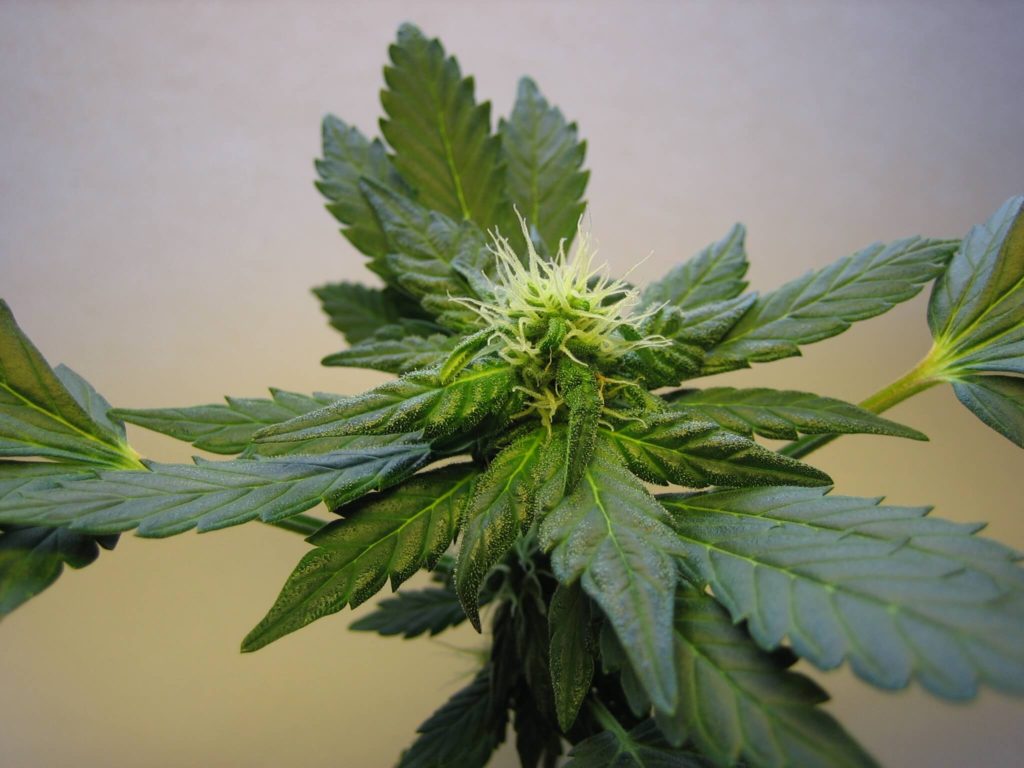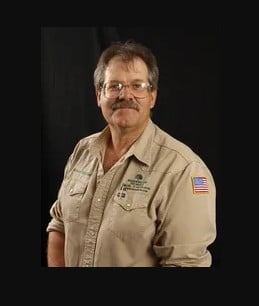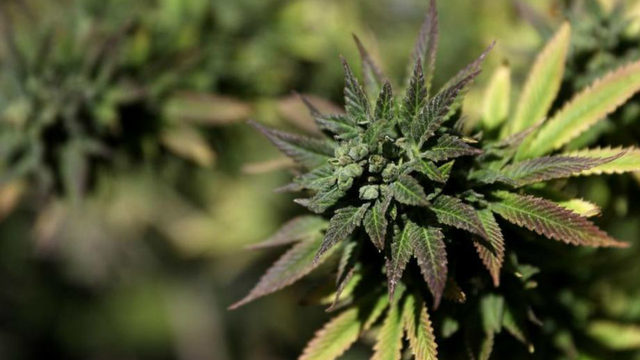Difficult weeds, especially glyphosate-resistant weeds, are controlled most consistently with soil-applied herbicides, which kill germinating seeds/seedlings. Much of the resistance to glyphosate has developed from over-reliance on post-emergence herbicide applications for weed control. Thus it is essential to include one or more of the pre-plant and pre-emergence residual herbicides available for summer row crops. The specific herbicide you use, although important, is usually less important than just making the decision to use a pre-plant or pre-emergence herbicide.
It is important to use multiple modes of action when selecting herbicides. To assist growers, the Weed Science Society of America has developed a numbered classification system based on the herbicide site of action to assist farmers and applicators in selecting herbicides with different sites of action. For example, the reference number herbicide mode of action for glyphosate is No. 9. Most herbicide labels now prominently display the herbicide classification number at the beginning of the label. Herbicide premixes that contain multiple active ingredients with different sites of action will have all sites of action numbers listed.
It is important to change herbicide programs from time to time so that you do not get hooked on any single herbicide program year after year. Weed species shift and develop resistance to herbicide programs that do not change. It’s also important to know the strengths and weaknesses of each product in terms of the spectrum of weeds controlled. A table summarizing weed species response to various herbicides specific to each crop, based on unbiased research field work by K-State weed scientists can be found in the 2018 Chemical Weed Control for Field Crops, Pastures, Rangeland, and Noncropland (SRP 1139). For example, all of the herbicides labeled in Kansas for corn and the weed response to selected herbicides when applied according to label directions can be found in the table listed on pages 24 to 26.
See: https://www.bookstore.ksre.ksu.edu/pubs/SRP1139.pdf
For burndown applications in a no-till system on emerged grass and broadleaf weeds, an application of glyphosate (9) and a product containing dicamba (4) or 2,4-D (4) may be critical in order to start with a weed free seed-bed. The choice between 2,4-D and dicamba will depend on weed species present. Dicamba products will be more effective on kochia and marestail. 2,4-D is more effective on winter annual mustards. The use of pre-emergence herbicides, applied just before or following planting often provides control of weeds for several weeks. This can greatly improve the effectiveness of a post-emergence herbicide application and gives the producer more leeway on post application timing.
There are too many pre-emerge or soil-applied residual herbicides for summer row crops to detail in this article. The take-home message is that in order to accomplish good weed control whether you have herbicide resistant weeds or not is to avoid year-after-year use of herbicides that have the same site of action. It is essential to include one or more of the pre-plant and pre-emergence residual herbicides on top of a good burn down treatment with more than just glyphosate. Ideally it is recommended to start with a clean weed free seed-bed, or at the very least weeds that have been sprayed either just before or immediately after planting.
Stacy Campbell is a Kansas State Research and Extension agent in Hays for the Cottonwood Extension District Office.
Credit: hdnews.net













